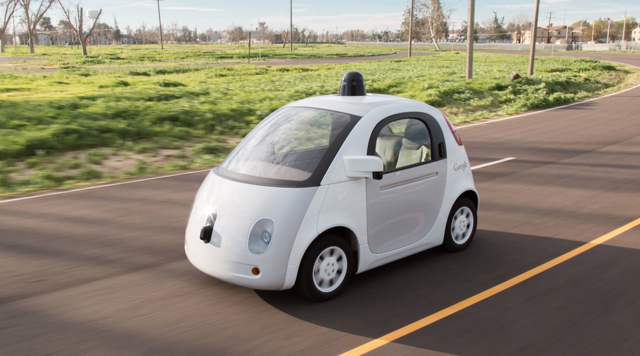CES: Ford/Google Partnership Highlights Autonomous Cars
December 23, 2015
At CES 2016, a record-breaking 464 automotive electronics companies will exhibit a broad range of new developments, with trends from VR/AR interfaces to modular infotainment systems. Going head-to-head with Tier 1 auto suppliers are Apple’s CarPlay and Google’s Android Auto, which are targeted for adoption as native interfaces. From automakers, Ford is expected to announce a partnership with Google to create self-driving vehicles, a synergistic pairing that boosts both companies’ fortunes.
Yahoo reports that Ford benefits from the new partnership with “a massive boost in self-driving software development.” Unlike Ford, Google has already done extensive testing on autonomous vehicles, with 53 test vehicles on roads in California and Texas, and 1.3 million miles driven.
The benefit to Google from the partnership is that it “avoids spending billions of dollars and several years that building its own automotive manufacturing expertise would require.”
The deal is non-exclusive; Google is already in talks with other car manufacturers. Other major automakers and auto parts suppliers are also working on self-driving controls, with Nissan, Volvo and Mercedes-Benz stating their “advanced vehicles” will be for sale by 2020.
According to Computerworld, trends in automotive electronics include human-machine interfaces (HMI), artificial intelligence and virtual reality. IHS senior HMI analyst Mark Boyadjis says he’s looking for advances in processing power in chipsets from Intel and Nvidia: “If they can nail processing and real time transactions across the [in vehicle electronic] system, that will make augmented reality a reality.”
Cloud-based speech recognition technology is another trend, as are interior cameras and sensors enabling gesture recognition.
Analysts also hope to see Modular Infotainment Platforms (MIB), allowing carmakers to upgrade electronics “even while vehicles are in development.” Carmakers are also including Wi-Fi units and broadband for Over-the-Air (OTA) software updates which, although convenient, raise cybersecurity issues.


No Comments Yet
You can be the first to comment!
Sorry, comments for this entry are closed at this time.